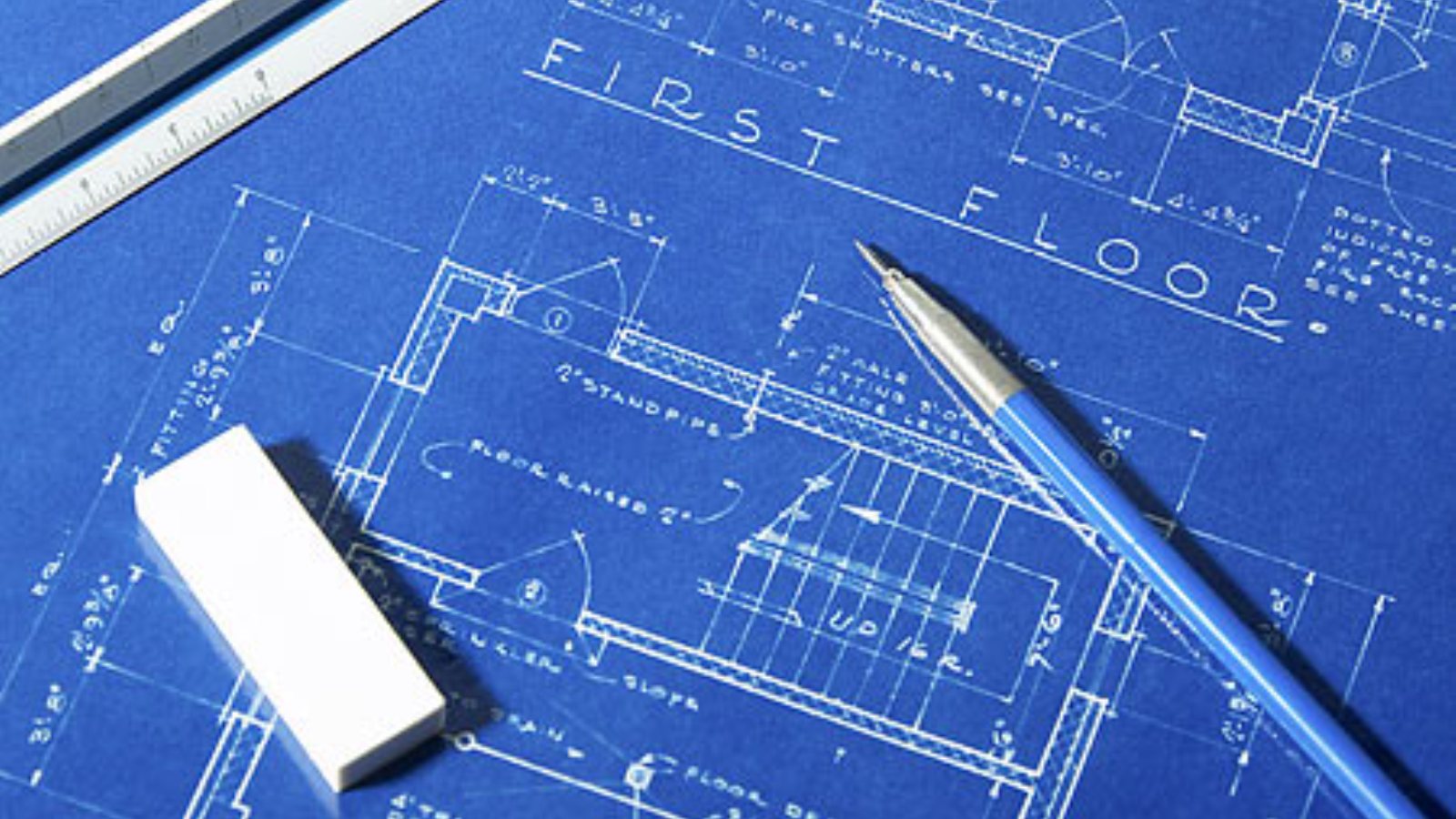A blueprint is a reproduction of a technical drawing, documenting an architecture or an engineering design, using a contact print process on light sensitive sheets. Check out these interesting tidbits about blueprints
- Invented in the 19th century, the blueprint process allowed rapid and accurate reproduction of documents used in the construction industry.
- The introduction of the blueprint process eliminated the expense of hand-tracing original drawings; a blueprint was one-tenth of the cost.
- Also called cyanotype, a blueprint is characterized by light colored lines on a blue background, a negative of the original.
- Various materials have been used for blueprints including: paper, linen, imitation vellum and polyester film.
- In the early 1940s, traditional blueprints were largely replaced by diazo prints, also known as whiteprints — these have blue lines on a white background.
- The blueprint process is still used for special artistic & photographic effects, on paper and fabrics.
- In the construction industry today, large-format xerographic photocopiers are mostly used and usually just called “prints” or “drawings.”

